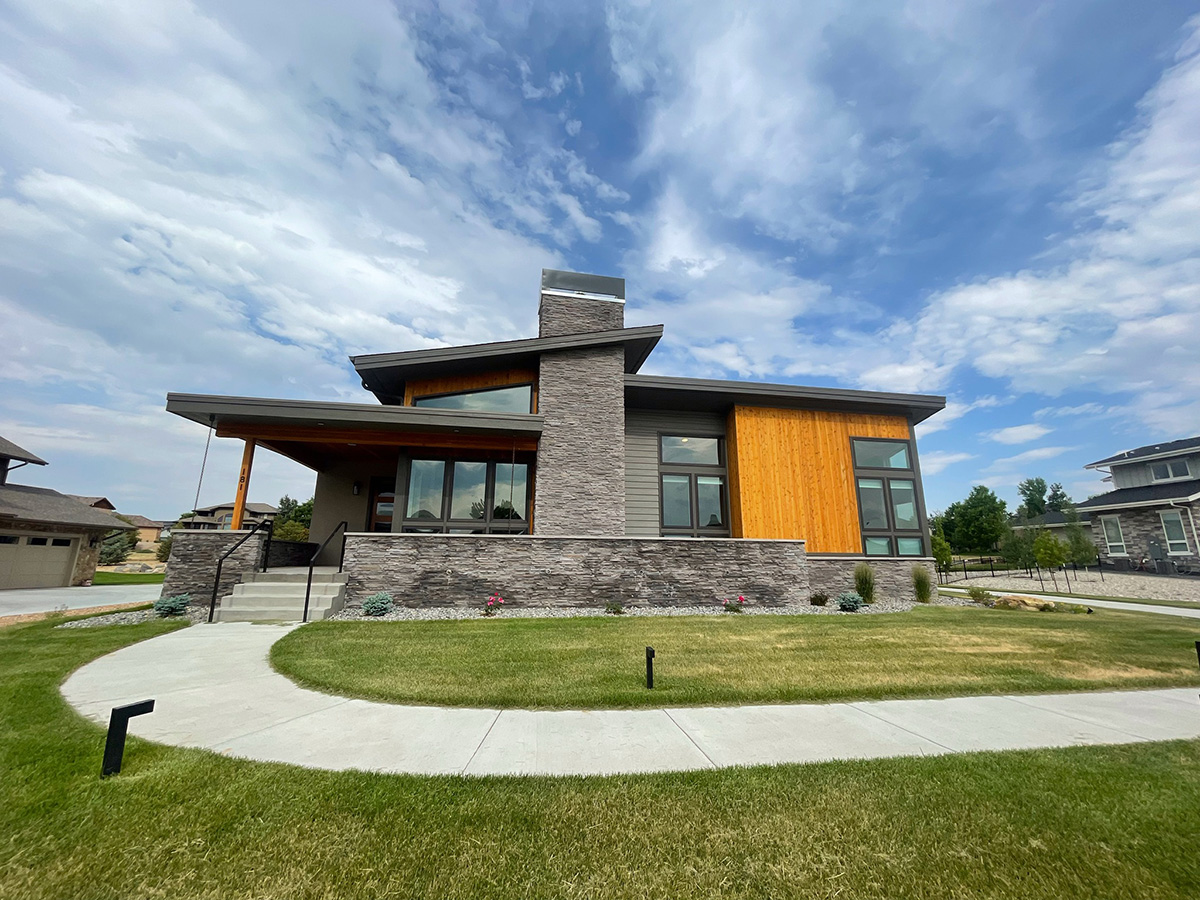The 4 Essential Phases of the Custom Home Building Process
Building your dream home is incredibly exciting—but it can also be complex. Whether you’re an experienced project manager or a first-time homeowner, understanding the custom home-building process is key to avoiding costly missteps and delays.
This guide breaks down the four foundational phases of building a custom home: project development, planning, resource coordination, and execution.
1. Project Development: Laying the Groundwork
The first and most critical step in the custom home building process is project development. This is where you begin turning your dream into a viable plan.
Key Activities:
- Land & Utility Assessment: Evaluate access to essential services—water, electricity, sewer/septic, gas, and internet.
- Home Placement Strategy: Choose the ideal location and orientation for your home—especially important for views, sunlight, and solar energy.
- Environmental Considerations: Account for natural features like mature trees or sloped terrain.
- Early Builder Involvement: Involve your builder now to benefit from expert guidance and efficient project setup.
Pro Tip: A seasoned builder will implement filing and bid tracking systems early, streamlining everything from permitting to contractor selection.
2. Project Planning: Designing Every Detail
Once the land is evaluated and the initial vision is set, the planning phase kicks in. This is where your ideas become reality on paper.
What Happens in This Phase:
- Finalize Home Design: Architectural plans and layouts are confirmed.
- Select Finishes & Fixtures: Decide on roofing, siding, cabinetry, countertops, appliances, and more.
- Structural Coordination: Ensure selected materials (e.g. heavy roofing) align with framing specs and engineering requirements.
- Homeowner Involvement:
- This is where your personal style comes through. With your builder’s guidance, you’ll choose everything from exterior finishes to the color of your roof shingles.
3. Resource Coordination: Assembling the Right Team
This phase is all about bringing the right people, materials, and agencies together—on time and in sync.
Key Components:
- Trade Contractor Scheduling: Select and schedule specialists like electricians, framers, and plumbers.
- Municipal Coordination: Manage city, county, or HOA approvals.
- Utility Connections: Ensure power, water, and internet services are properly routed and scheduled.
- Well & Septic Planning (if needed): Evaluate water supply and soil quality for rural builds.
The Importance of Lead Times:
Product availability can vary widely. Your builder should monitor changing lead times for items like windows, garage doors, and cabinetry to avoid costly delays.
Example: Garage door lead times recently dropped from 15 weeks to 3 weeks. Timely coordination can mean the difference between staying on schedule or waiting months.
4. Project Execution: Building Your Dream Home
This is where the physical build begins—and where organization pays off.
Execution Includes:
- Site Work: Grading, excavation, and laying the foundation.
- Framing & Systems: Constructing the structure, installing utilities, and preparing for interior finishes.
- Material Waste Management: Track excess lumber and supplies for return and credit.
- Financial Efficiency:
- An experienced builder knows how to manage just-in-time inventory—ordering materials to arrive exactly when needed. This avoids weather damage, storage costs, and unnecessary loan interest.
- Cost Control Insight: Reclaiming unused materials can save homeowners thousands. It’s common to return $2,000–$3,000 in extra supplies at the framing stage alone.
Final Thoughts: Why Builder Expertise Matters
The custom home building process is a complex project made manageable with the right guidance. A professional builder not only brings construction knowledge but also scheduling, budgeting, and resource management expertise.
Ready to Build Your Custom Home?
At HomeWrights, we specialize in helping homeowners navigate the custom home-building process from day one. Whether you’re building a turnkey home or managing your own build, our systems are designed to set your project up for success.
Give us a call today to get started.
Let’s map out your build—from raw land to the perfect home.
